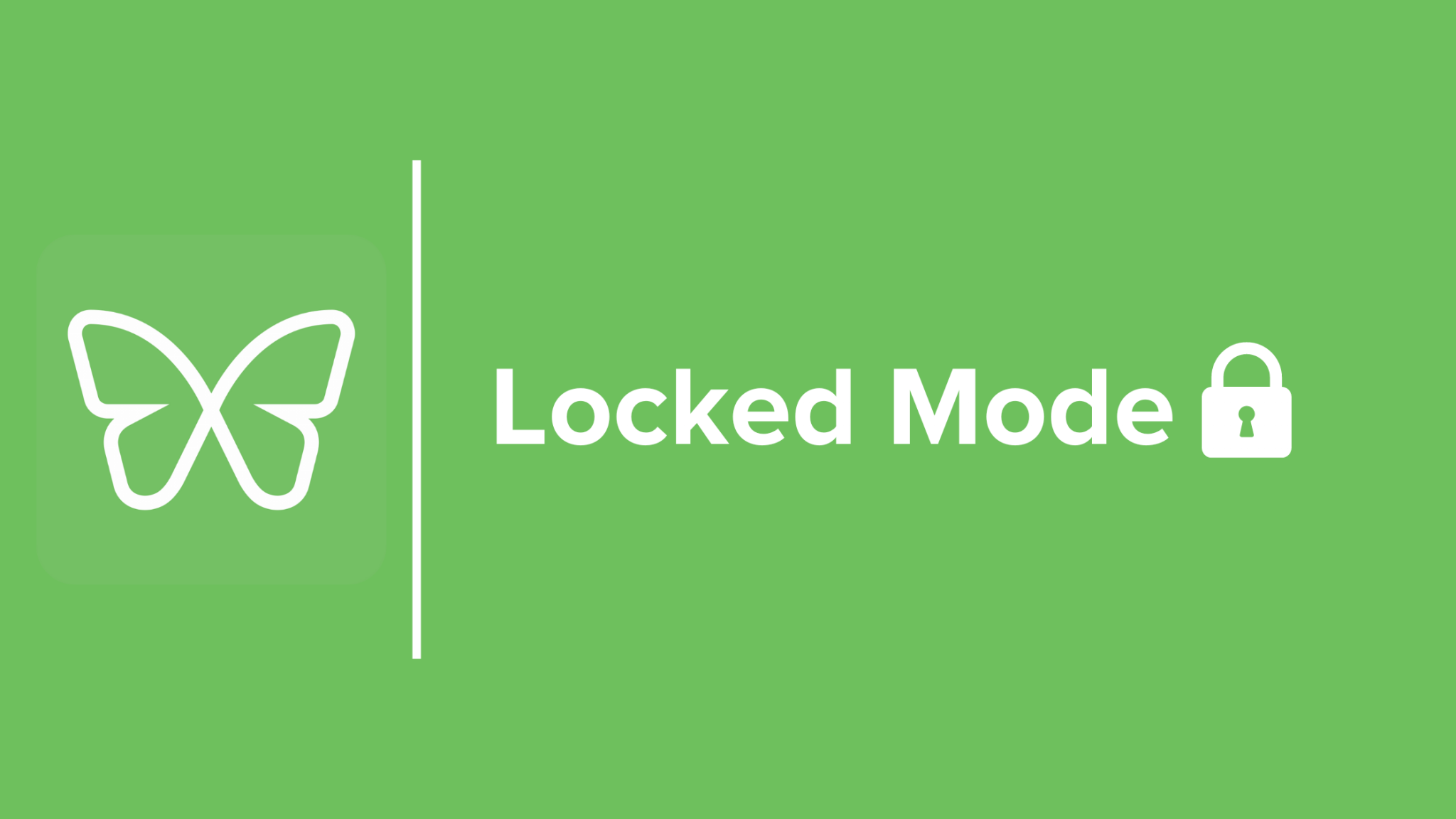5 Steps to Clear Your Mind and Make Room for Creative Work

Creative people can have a reputation for being a bit chaotic.
We often have chaotic workspaces: papers and books burying the desk, paint tubes scattered across the workbench, flour dusting the kitchen counter. We can be a bit absent-minded when we’re in The Zone, when ideas are coming fast and furious with gleeful abandon.
Some of the chaos in a creative person’s life comes when they’re so focused on a project that there simply isn’t room for anything else.
That’s the kind of chaos that brings about flashes of genius.
That’s the mode we want to be in as creatives.
The problem is that oftentimes, chaos isn’t a byproduct of focus — it’s actually keeping us from that magical state.
We’ve all been there. You have two full uninterrupted hours set aside to work on your creative project. The desire to do your creative work has been eating at you all week, and now it’s go time. You crack your knuckles, ready to get to work and… Nothing.
Well, not exactly nothing, right?
Just when your traitor brain should be getting into a creative flow, it’s instead throwing chaos at you a mile a minute.
When’s the last time you watered that houseplant? Did you call your sister back? That prospective client’s email is getting colder by the minute. Shouldn’t you start on those cookies for the barbecue tonight? You promised your friend you’d send over that contractor’s information. Wait, did you pay the contractor? And if that check hasn’t gone through yet, does that mean your bank account will overdraft because of this morning’s grocery run?
It’s the worst, because you know, deep in your heart of hearts, that the most important thing you can be doing at this very moment is to work on your art. But your traitor brain doesn’t seem to want to let you.
You’ve got a few options here.
You could throw your hands up and spend the next two hours — the hours you set aside for your art — chasing ball after ball as your brain lobs them at you.
You could tough it out, trying to fumble your way through your work while your brain continues to yell chaos at you.
Or, you could sweep all the chaos out of your brain and lock it out of sight.
Let’s do that last one. It’s easier than you think.
First, though — what’s up with the chaos?
The absolute worst thing you can do when you’re feeling overwhelmed by chaos is to take it personally and start beating yourself up.
Don’t be too hard on your traitor brain — it’s just trying to help. It remembered that you needed to hem the curtains, and it only wants you to know. Plus, it was trying to distract you from the pain of struggling for the perfect phrase to describe the first apple of autumn.
(Or, in my case, the best way to describe a climactic gun battle scene between space mafiosos.)
Doing your art can sometimes be painful and difficult, and your brain hates to see you struggle. If you twisted your ankle, it would try to distract you with weird silly memories. It’s just trying to do the same as you painfully work through a difficult place in your art.
Your brain doesn’t realize it’s the struggle that makes your art brilliant. It’s what makes doing your best work one billion times more fulfilling than hemming the curtains.
So don’t be hard on yourself if you’re constantly distracted when you sit down to work — just thank your chattering chaos brain for trying to help, and let it know it’s now time to kindly shut up.
Step One: Dump it all out

Here’s the thing about your brain: It’s trying to keep track of everything you need to do, and it can’t prioritize any of the chaos on its own. That’s why even though your number one priority should be doing your art, your brain keeps going on and on about the laundry.
David Allen, author of Getting Things Done likens trying to keep track of all of your to do-list items in your brain as storing files in the short-term memory on the computer. It just slows you down and gums up the works. In order to clear out thinking space, you need to store those to-do list items somewhere else.
Humor your brain’s desperate need to inform you by taking a few minutes to write down every single thing it’s trying to tell you.
Research flights to San Diego — check. We are out of cornstarch — check. Send that funny meme to my dad — check. Learn to play ukulele — check. Have that Money Talk with my partner — check.
Some of the things on this list are going to be huge and scary. Some of them are going to be laughably small. The point of this exercise isn’t to judge whether or not a particular item goes on the list — it all goes on the list.
Once an item is on the list — even though you haven’t actually done the thing — your brain should feel noticeably calmer.
Step Two: Ignore the list

Now that you have a list of everything in your life that needs done… throw it away.
Tear out the page in your notebook. Delete the file on your computer. Crumple up the sheet of paper and throw it across the room (then later uncrumple it and put it neatly the recycle bin). Light a ritual candle and burn it.
Of course, if it’s going to stress you out more to get rid of the list, by all means keep it. Later, you can go through all those items and cross out the insignificant ones, add the important ones to your various to-do lists, and revel in the sweet, sweet dopamine hit of knocking out small tasks.
Just get the list out of your sight for now.
The point of the above exercise was not to end up with a list. It was to make your brain feel happy. Doesn’t it feel happier not having to remember all those things?
Step Three: Reset yourself

Hopefully dumping out your brain has made you feel a little less stressed and has made your brain a little less chattery. If you caught your chaos early enough, you might be good to go after Step Two. However, if you let yourself go too long in chaos-brain mode, you might still be feeling jittery and anxious.
(Especially if you’ve been watching the clock ticking away on the time that you set aside for your art.)
(Don’t look at the clock.)
To clear out those remaining jitters, take a couple of minutes to reset yourself.
I’ve gotten into meditation lately, so I’m a big fan of spending three or four minutes with my eyes closed paying attention to my breath. I also often reset by scrolling through Instagram while I’m waiting for water to boil for tea so I can hit my desk with a fresh cup.
Maybe you’d rather read a few pages of your favorite inspirational book. Maybe you’d rather throw on some Metallica. Maybe you plug in your noise canceling headphones and crank up the rain noises. Maybe you prefer a minute of jumping jacks to get the blood flowing.
Your reset ritual doesn’t have to be Zen, and it doesn’t have to be the same thing every time — it just needs to break your brain out of its cycle and remind it why you’re here in the first place.
Step Four: Get rid of distractions

If you were already plagued with chaos brain earlier, you’re not going to have a lot of willpower to keep yourself from distraction temptation. So let’s go ahead right now and nip that in the bud:
- Turn off your Wi-Fi or turn on Freedom to block yourself from distracting websites and apps
- Close down everything on your computer that’s not your word processing application, or remove visual distractions and temptations from your workspace
- Go to a physically different location so you won’t be tempted to clean the bathroom
- Silence notifications on your phone, or toss it in the other room
(I like to use an app called Forest to plant a virtual tree for a specified amount of time when I’m supposed to be working. If I get into my phone during that time, the tree dies and I feel terrible.)
Don’t rely on willpower to keep you at your desk when something more interesting is within sight — get those distractions out of there.
Step Five: Make some art

Making art is why you’re here. Both in the “small h” sense of here in this room at this time you set aside, and in the “big H” sense of this is why you were born. This is the legacy you’re going to leave behind.
As you dive in to your creative work, be sure to keep a pad of paper nearby. Even though you’ve gone through Steps One through Four, your brain will probably remember other helpful things it’s dying to tell you right now.
When that happens, just jot them down on your pad of paper and gently remind your brain what you are currently working on. Remind it that you’ve got this, and you’ll call Grandma or feed the fish or learn Mandarin later.
Now’s the time for art.



